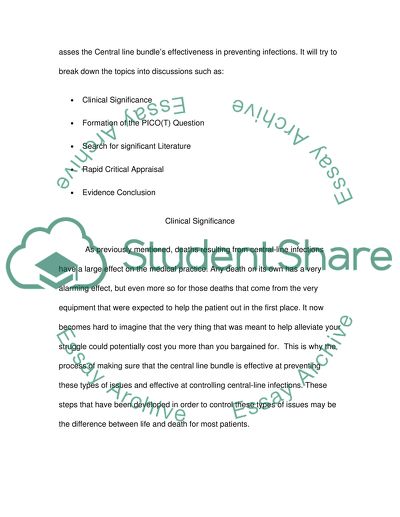Cite this document
(“A Study of Using the Central Line Prevention Bundle for Reducing the Research Paper”, n.d.)
A Study of Using the Central Line Prevention Bundle for Reducing the Research Paper. Retrieved from https://studentshare.org/nursing/1436032-picot-question-for-patients-in-the-intensive-care
A Study of Using the Central Line Prevention Bundle for Reducing the Research Paper. Retrieved from https://studentshare.org/nursing/1436032-picot-question-for-patients-in-the-intensive-care
(A Study of Using the Central Line Prevention Bundle for Reducing the Research Paper)
A Study of Using the Central Line Prevention Bundle for Reducing the Research Paper. https://studentshare.org/nursing/1436032-picot-question-for-patients-in-the-intensive-care.
A Study of Using the Central Line Prevention Bundle for Reducing the Research Paper. https://studentshare.org/nursing/1436032-picot-question-for-patients-in-the-intensive-care.
“A Study of Using the Central Line Prevention Bundle for Reducing the Research Paper”, n.d. https://studentshare.org/nursing/1436032-picot-question-for-patients-in-the-intensive-care.


